|
Turtles are strange reptiles with ribs that are modified and fused to their backbone to form a hard external shell across their back. Turtles can pull their head inside of their shell, and turtles as a group can be divided into two subgroups based on how they pull their head into their shell. Most turtles and tortoises pull their head straight back into the shell. However, there is a group of turtles, called the Pleurodira (the side-neck turtles), that pull their head into the shell sideways. Because they pull their head in sideways, this allows these turtles to have longer necks. The photo below, of a Siebenrock's snake-neck turtle, shows how this works. By folding the neck to the side, there is room for a lot more neck! What the heck is a Snake-neck Turtle? The snake-neck turtles (family Chelidae) are one of the groups of side-neck turtles, distinguished by their unusually long necks. These turtles are restricted to the southern hemisphere, found in Australia, New Guinea, Indonesia, and South America. Snake-neck turtles live mostly in water, and they can stay submerged for long periods of time. They are predators, and the long neck helps them grab prey animals with their mouth. Often, the neck on these turtles can be as long as the turtle's shell. Amazing Facts about Snake-neck Turtles First we need to talk about that long neck. When grabbing fish, snails, crustaceans, tadpoles, insects, and various other invertebrates, this neck makes it easier for the turtle to reach out and quickly snap up a meal. They use a feeding strategy called strike-and-gape. When their nose gets close to their prey, they open their mouth quickly and lower their hyoid bone. This creates a vacuum inside their throat, which sucks in water, along with the prey animal. Check out this video on snake-neck turtles. These turtles spend a lot of time resting on the bottom of streams, rivers, and swamps, and this long neck also serves as a snorkel. Without having to swim anywhere, the turtle can extend its neck to the surface every now and then when it needs to take a breath. They also spend a lot of time basking in the sun to warm up their body and speed up digestion. Let's take a closer look at the two main groups of turtles, the side-neck turtles (Pleurodira), and the "hidden-neck" turtles (Cryptodira). As I stated above, the most obvious difference between these two groups is the anatomy of the neck. Hidden-neck turtles retract their neck into their shell by bending their neck into an S-shape vertically (it looks like an S from the side). Side-neck turtles bend their neck in a S-shape horizontally (looks like an S from directly above or below). This may sound like an insignificant difference (like the stars on the Sneetches in the Dr. Seuss book). However, this difference is only one indicator of anatomical differences that have distinguished the two groups of turtles since the early Jurassic, 200 million years ago. That's how long the two groups have been separated evolutionarily. In other words, they are not closely related at all. There are about 360 living species of turtles in the world today, but only 65 of those are side-neck turtles. The others are hidden-neck turtles. Only 16 of the side-neck turtle species are specifically considered snake-neck turtles, characterized by exceptionally long necks. An example is the broad-shelled snake-neck turtle pictured below. Snake-neck turtles are polygynandrous, which means both the females and the males often have multiple mating partners each mating season. Therefore, during the mating season, males are extremely active, moving as much as possible in their attempt to increase their chances of finding multiple mates. The males have an elaborate courtship, in which they bob their head up and down. If they successfully impress a female, mating takes place in the water. When females are ready to lay their eggs, they locate a suitable spot where they can dig a hole near the water, lay their eggs in the hole, then cover it back up. They lay 8 to 24 eggs, depending on the species and on environmental conditions. After an incubation period of up to 150 days, the young hatch, dig their way to the surface, and head for the water as quickly as possible. The young are vulnerable to predators, and many do not make it to adulthood. Those that do survive often live over thirty years in the wild, and even longer in captivity. Below is a hatchling snake-neck turtle. So, the Snake-neck Turtle deserves a place in the F.A.H.O.F. (Frontline Animal Hall of Fame). FUN FACT: The word frontline (or front-line) is an adjective that evolved from the two-word noun phrase front line, which, in a military sense, refers to the forefront of a battle or military conflict. Eventually, the words were combined to create an adjective with several meanings. The first meaning is related to the military sense of the phrase front line, meaning "located or designed to be used at a military front line" (example: A frontline ambulance helicopter). The second meaning is more broad, related to "the forefront in any action, activity, or field" (example: a frontline health worker in the pandemic). A third meaning is related to proficiency, something or someone that is cutting edge or at the forefront (example: if I'm having brain surgery, I want it done at a frontline hospital). So, at least in this third sense, frontline is another way to say awesome! Well, kind of. Photo Credits:
- Jumping kangaroo - DepositPhotos - Sidewinder - "Sidewinder With its Head in the Air" by Michael R Perry is licensed under CC BY 2.0 - Dung beetle - DepositPhotos - Komodo dragon - DepositPhotos - Siebenrock's snake-neck turtle on white background - DepositPhotos - Snake-neck turtle, on rock with black background - DepositPhotos - Snake-neck turtle basking on a log - DepositPhotos - Broad-shelled snake-neck turtle - Sam Fraser-Smith, CC BY 2.0, via Wikimedia Commons - Hatchling snake-neck turtle - Tortoise Town
2 Comments
5/24/2023 07:32:52 pm
Website : https://reptileworldz.com/
Reply
12/10/2023 05:44:57 pm
Wow! Your site is amazing. Please leave a referral on website. Thanks
Reply
Leave a Reply. |
Stan's Cogitations
Everyone needs a creative outlet. That's why I write. Archives
April 2024
|

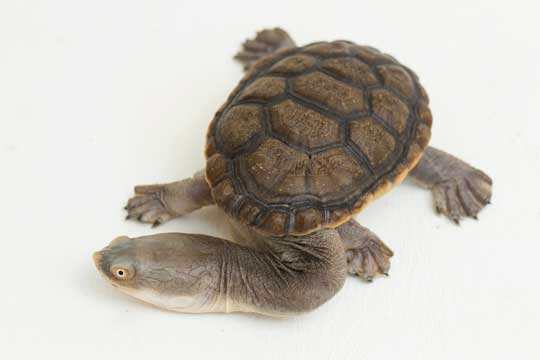
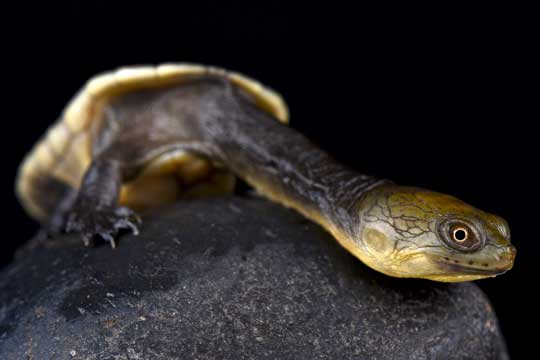
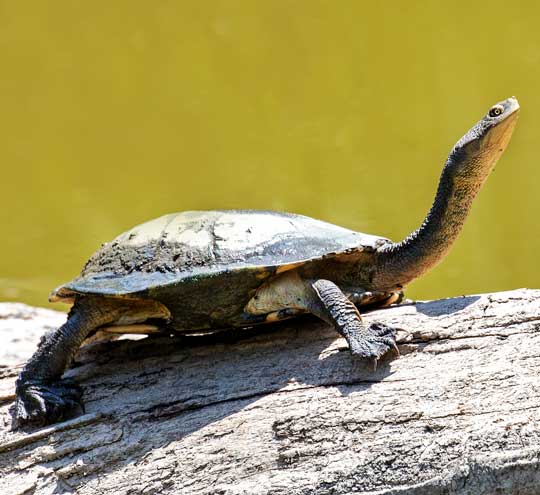
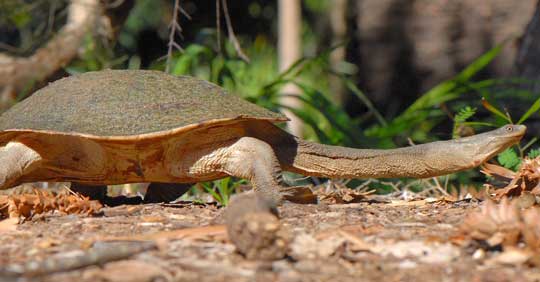
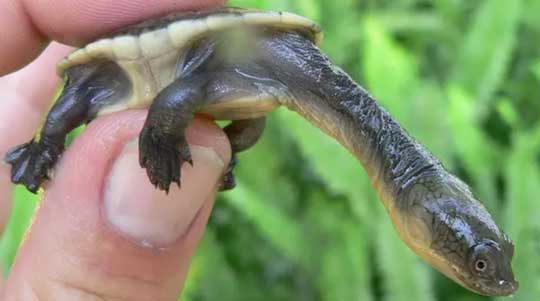
 RSS Feed
RSS Feed